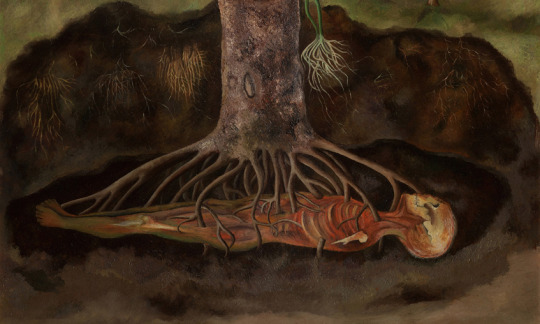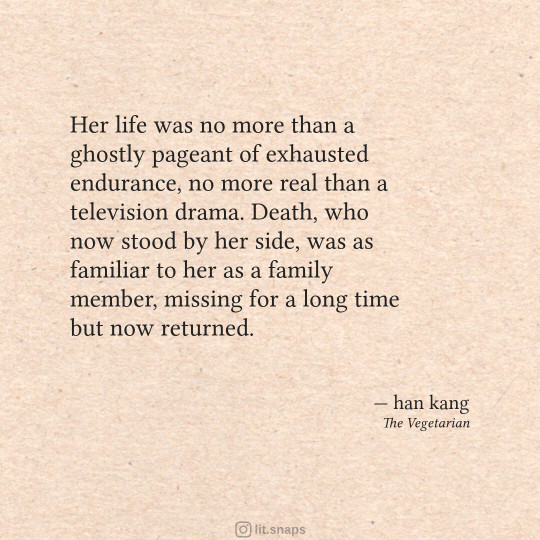Text
insatiable - daisy buchanan
This was a very entertaining book in the sense that I I was perpetually eager to find out what happened next.
HOWEVER. so much happens in this book, it’s almost too much. I personally feel that ms buchanan could have omitted about 3 plot twists/points and it would not only be better, but could allow for other happenings to be thoroughly fleshed out in terms of their contribution to the plot. for example, the affair with Simon is only truly brought up once and even then only addressed briefly through violet’s half-conscious drunken mental fog. Perhaps to establish that she’s unfamiliar with the etiquette of their orgy circle? or how she is placed in these situations by Lottie and Simon and then is left to navigate the social dynamics without any guidance? I suppose that in turn would illustrate how these two establish some sort of power imbalance between themselves and violet that they can exploit. much to think about.
I also really appreciate the metaphor of greediness to portray her dissatisfaction with her life. it reminds me of that video I saw about how dieting and money are connected to how people experience pleasure, and I think greed is applicable to both these concepts. As a fellow greedy girl, I resonate with wanting more more more (don’t we all), as well as the inability to definitively articulate what the “more” is. I truly truly HATED that violet only finds her “fullness”/”satisfaction”/”satiation” when she realizes that Sasha is in love with her. I can only think of one of her myriad problems being solved by the time this comes to light, but because someone is in love with her she is finally a whole/fully formed human. did we really need another story that ends this way? this may or may not be an oversimplification, but bare bones this is what I take from it I fear.
Something that struck me through the course of this novel is when she says, “If I choose to sleep with Lottie and Simon, I'm showing some agency. It might be a bad choice by it's my choice”. As a chronically indecisive person who also happens to regularly crave a lobotomy in the midst of her decisions, I wonder if I have ever felt this way. I suppose it accompanies a feeling of being stripped of control or agency (obviously), which I’m sure has arisen at some point for me. However, I don’t think I can say that I have ever felt this way. (worth noting: this is likely due to my privileged and sheltered life, but we can still examine themes that we’re not personally familiar with right). It led me to ponder the differences between myself and violet (and maybe ms buchanan), how we view agency, and the certain contexts that create this urgent, potentially self-sabotaging desire to regain personal autonomy.
8 notes
·
View notes
Photo

“Modern art spreads joy around it by its color, which calms us.” – Henri Matisse, born today in 1869.
[Henri Matisse. Dance (I). Paris, Boulevard des Invalides, early 1909]
4K notes
·
View notes
Text
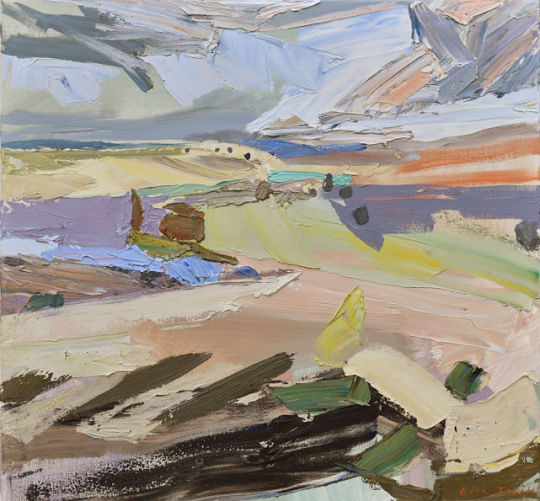
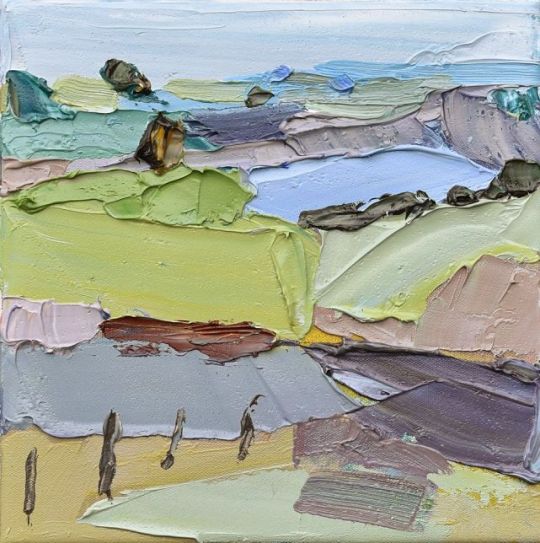


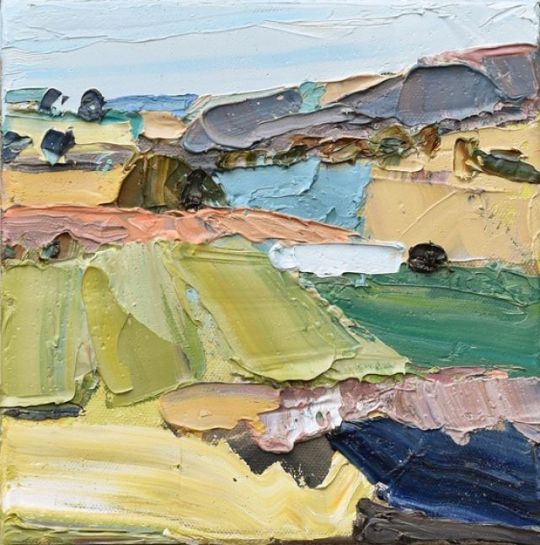

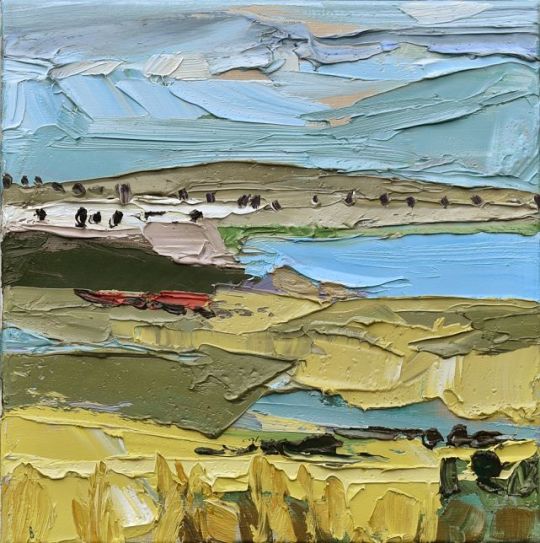
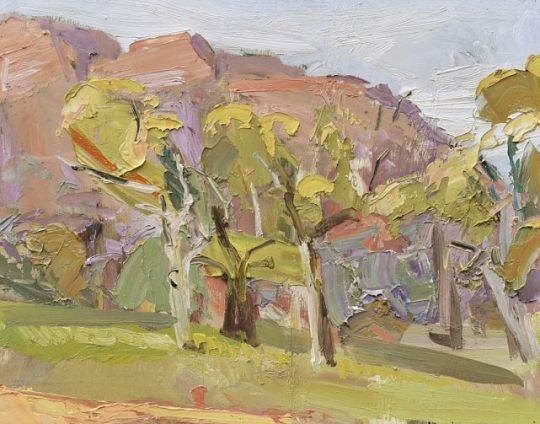

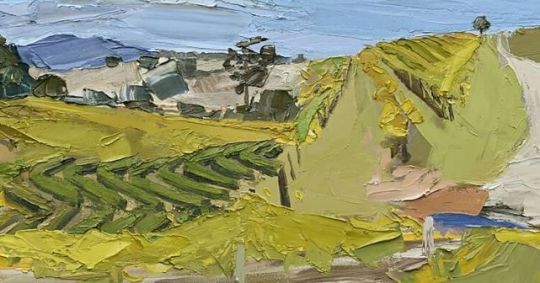
If you don't seek peace, chaos will surely find you. Lise Temple on SaatchiArt
4K notes
·
View notes
Link
Cultural appropriation is not "just" hair or a piece of clothing; it is a manifestation of ongoing colonial projects.
2 notes
·
View notes
Text
Slacktivism, Social Media, and Virtue-Signalling
Lockdown measures have forced people into their homes and onto the internet for community and companionship since the outbreak of COVID-19. Social media’s efficiency and easy operation make it the most attractive solution for this relatively new problem. As a result, social media platforms have become a more frequently visited aspect of more people’s lives (Molla, 2021). This recent spike in social media use coincided with various historical events: global Black Lives Matter protests, rising COVID-19 related deaths, and not one but two impeachments of former president Donald Trump. The internet served as what historian and writer Elexus Jionde refers to as a meeting place akin to Greek symposiums and French salons (2017). Users were free to discuss the chaos unfolding without violating COVID restrictions, as well as create and broaden activism networks. However, relying on social media for this kind of heavy lifting has not been without its repercussions. The widespread use and accessibility of social media platforms have transformed the internet into a hub for virtue signalling and policing other users’ posts, which have escalated with increased use during the pandemic.
Following the murder of George Floyd on May 25, 2020 by Minneapolis police, Instagram and Twitter were the initial avenues for outrage and protest during stay-at-home orders to limit the spread of COVID-19 (Ho, 2020). This digital activism resulted in the organization of #BlackoutTuesday, when 28 million Instagram users posted a plain black square to their feed in “support” of Black Lives Matter (Ho, 2020). Following #BlackoutTuesday, many users’ feeds returned to their regularly scheduled programming (Ho, 2020).
The fleeting support and concern for Black Lives Matter was enabled and publicized by the wide use of the app, indicated by the 28 million participants (Ho, 2020). Participation was also enabled by the ease of both using the platform and of the demonstration itself. In lieu of meaningfully engaging in activism, participants were simply called to post a black square. #BlackoutTuesday had the adverse effect of saturating hashtags like #BlackLivesMatter with meaningless black squares and overshadowing educative posts and resources for Black individuals, like donation links (Ho, 2020).
The botched gesture of #BlackoutTuesday can be explained by what Shannon Ho, platform editor for NBC News, calls “slacktivism”, which is low-effort activism exclusively on social media rather than in real life (2020). Ho explains that slacktivism counts as virtue signalling because it is motivated by wanting to construct a benevolent and politically aware persona through social media (2020). Virtue signalling and slacktivism are performative, as they are employed to replace rather than supplement the genuine effort necessary for authentic activism. The increasing number of people engaging in slacktivism can also sabotage legitimate methods of activism, as demonstrated by the misguided #BlackoutTuesday.
The flip side of virtue signalling on social media is moral policing and judgement of other people’s content. Rather than curating a certain image of oneself, users turned their critique outward at how other people portray themselves online. The incidence of this behaviour has drastically increased with the emergence of “COVID shaming” (Murphy, 2020). This is the understandable but ineffective trend of accosting individuals who appear to break COVID-19 rules and restrictions (Murphy, 2020). Online, this includes the attempt to dictate what another user could or should not post. This digital public shaming is common due to the speed of social media, allowing viewers to instantaneously view and pass judgement on others’ posts (Murphy, 2020). Social media’s widespread use has also ensured its access to a huge number of users, allowing more people to participate in “dog-piling” on rule-breakers (Murphy, 2020). COVID-shaming has motivated some users to refrain from posting to avoid scrutiny, or to caption their content assuring followers that they were “COVID safe” (Molla, 2021). This quick and very public shaming functions to police other people’s behaviour, whether it is the decision to post certain content or to do certain activities in real life for fear of being shamed online.
Individuals who choose to post Instagram selfies after receiving the COVID-19 vaccine also find themselves targeted by public shaming. Vaccination plans based on recipients’ eligibility determined by health risks have created a culture of distrust and envy (Choi, 2021). Users who target these vaccine selfies often question the deservingness of the poster to have received the highly sought dose before themselves (Choi, 2021). Such behaviour functions as moral policing as well as virtue signalling. Expressing mistrust of vaccine selfies causes recipients to feel guilty and to refrain from posting their selfies, while also creating the perception that the envious onlooker is an honest and responsible member of the public for asking such “hard-hitting” questions.
The effectiveness of both virtue signalling and moral policing on social media is explained by the accepted and increasingly expected habit of curating online profiles to maximize positive feedback. On Instagram, this feedback, in the form of likes and comments, conveys value to the recipient’s content (Ross, 2019). As such, content that depicts how benevolent an individual is, regardless of authenticity, is likely to receive more likes and/or comments. Public shaming that accompanies moral policing of content also achieves a similar result; users will select what to post based on what content is judged and policed by their social network. This manufacturing of one’s profile reflects media ideologies, described by cultural anthropologist Scott Ross as beliefs about how different media achieve certain communicative tasks (2019). Ross also describes how Instagram users create social rules that dictate their own as well as other people’s behaviour on the app (2019). The speed with which people can use social media, which Ross refers to as temporal accessibility, has allowed these rules to instantly yield feedback (2019). These social rules play a role in virtue signalling and moral policing. Virtue signalling achieves the task of communicating the moral goodness of a poster, while regulating other posters’ content achieves the goal of communicating “acceptable” online behaviour.
The social rules of Instagram and other platforms are frequently enforced and communicated through moral policing and virtue signalling to the degree that they are internalized. Following the envy and hostility generated by vaccine selfies, Instagram users felt guilty for having received the vaccine (Choi, 2021). Other users debated posting such content at all, or whether to caption their selfie with the reason for their vaccine eligibility in proactive defense of moral judgement (Choi, 2021). The internalization of this media ideology is widely reflected by social media users, who report self-regulating what they post to elude judgement and dogpiling (Molla, 2021).
The pervasive and efficient use of social media during an era of physical isolation has made it the primary venue for virtue signalling and moral policing. Interestingly, these new types of virtual dynamics and their consequences blur the boundaries between the internet and real life because of how real life informs social media and vice versa (Jionde, 2017). Anthropologists Yarimar Bonilla and Jonathan Rosa describe how Twitter, among other platforms, allows users to feel “united across space and time” despite being physically separated (2015). They also describe how the widespread use of the app allows for fruitful activism due to the aggregated effect of so many users championing a cause (Bonilla & Rosa, 2015). Despite the disingenuity behind virtue signalling and other social media behaviours, engaging in virtual activism has been found to lead to other forms of activism in real life, representing a material benefit of a fading boundary between the internet and real life (Ho, 2020). Taking the bad with the good is therefore just another way social media emulates real life.
References
Bonilla, Y., & Rosa, J. (2015). #Ferguson: Digital protest, hashtag ethnography, and the racial politics of social media in the United States. American Ethnologist,42(1), 4-17. doi:10.1111/amet.12112
Choi, Candice. "Guilt, Envy, Distrust: Vaccine Rollout Breeds Mixed Emotions." Thestar.com. March 08, 2021. Accessed March 10, 2021. https://www.thestar.com/life/2021/03/08/guilt-envy-distrust-vaccine-rollout-breeds-mixed-emotions.html.
Ho, Shannon. "A Social Media 'blackout' Enthralled Instagram. But Did It Do Anything?" NBCNews.com. June 13, 2020. Accessed March 9, 2021. https://www.nbcnews.com/tech/social-media/social-media-blackout-enthralled-instagram-did-it-do-anything-n1230181.
Jionde, E. (2017). Angry black girl. Lexington, Kentucky: Intelexual Media.
Molla, R. (2021, March 01). Posting less, posting more, and tired of it all: How the pandemic has changed social media. Retrieved April 12, 2021, from https://www.vox.com/recode/22295131/social-media-use-pandemic-covid-19-instagram-tiktok
Murphy, Tom. "Social Media and COVID Shaming: Fighting a Toxic Combination." CTVNews. September 26, 2020. Accessed March 9, 2021. https://www.ctvnews.ca/health/social-media-and-covid-shaming-fighting-a-toxic-combination-1.5121450.
Ross, Scott. "Being Real on Fake Instagram: Likes, Images, and Media Ideologies of Value." Journal of Linguistic Anthropology29, no. 3 (2019): 359-74. doi:10.1111/jola.12224.
5 notes
·
View notes
Text
This is the first book I've finished in months.

It's definitely a book.
19 notes
·
View notes
Photo
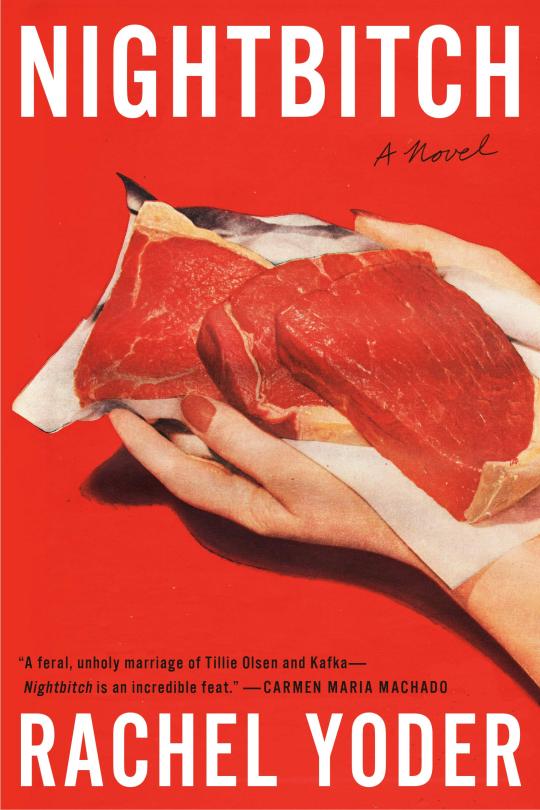
Rachel Yoder, Nightbitch
I inhaled this delicious bloody feast of a novel, in which an overwhelmed mother begins—or maybe only thinks she begins—to turn into a dog at night. She calls herself … Nightbitch. Of course she does. I won’t give too much away here, but yes, she poops on someone else’s lawn. Ultimately, the novel not only manages to be a convincing portrait of modern motherhood, with all the joy and mindfuckery that implies, but also toes the line between clever metaphor and transgressive fantasy, making a convincing claim for both.
Daily inspiration. Discover more photos at http://justforbooks.tumblr.com
10 notes
·
View notes
Text

easily one of my favorite reads of 2022 so far ❤️🔥
25 notes
·
View notes
Quote
Now, everything is a blank in my head - years, days, hours, everything is a blank in my head.
Jean Rhys, Good Morning, Midnight (via theclassicsreader)
607 notes
·
View notes
Photo
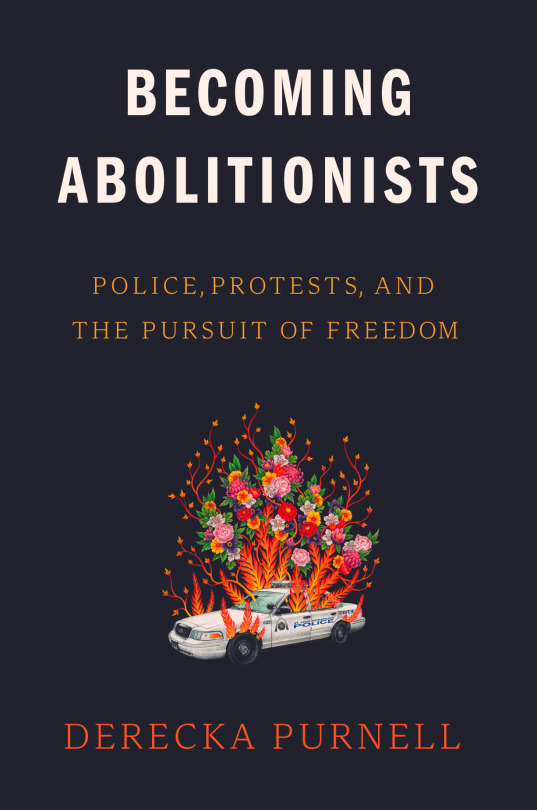
Becoming Abolitionists: Police, Protests, and the Pursuit of Freedom
By Derecka Purnell.
1 note
·
View note
Photo
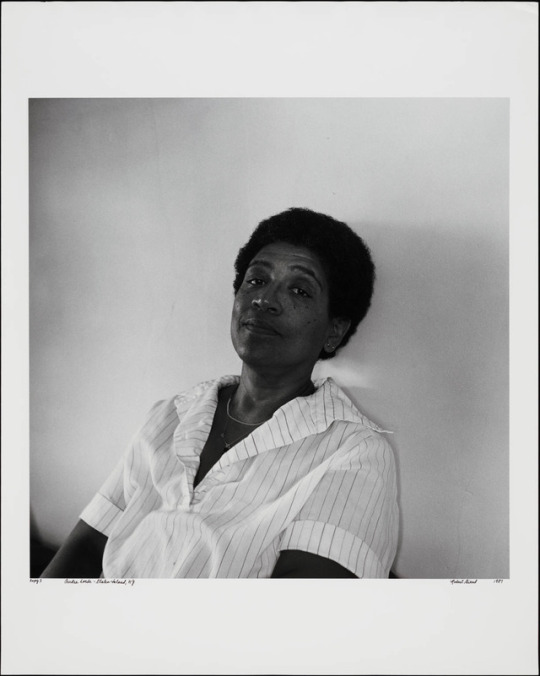
“Sometimes we drug ourselves with dreams of new ideas. The head will save us. The brain alone will set us free. But there are no new ideas waiting in the wings to save us as women, as human. There are only old and forgotten ones, new combinations, extrapolations and recognitions from within ourselves—along with the renewed courage to try them out.”
—Audre Lorde, from Sister Outsider: Essays and Speeches, 1984
41 notes
·
View notes
Quote
And a step backward, after making a wrong turn, is a step in the right direction.
Kurt Vonnegut, Player Piano (via quotespile)
479 notes
·
View notes
